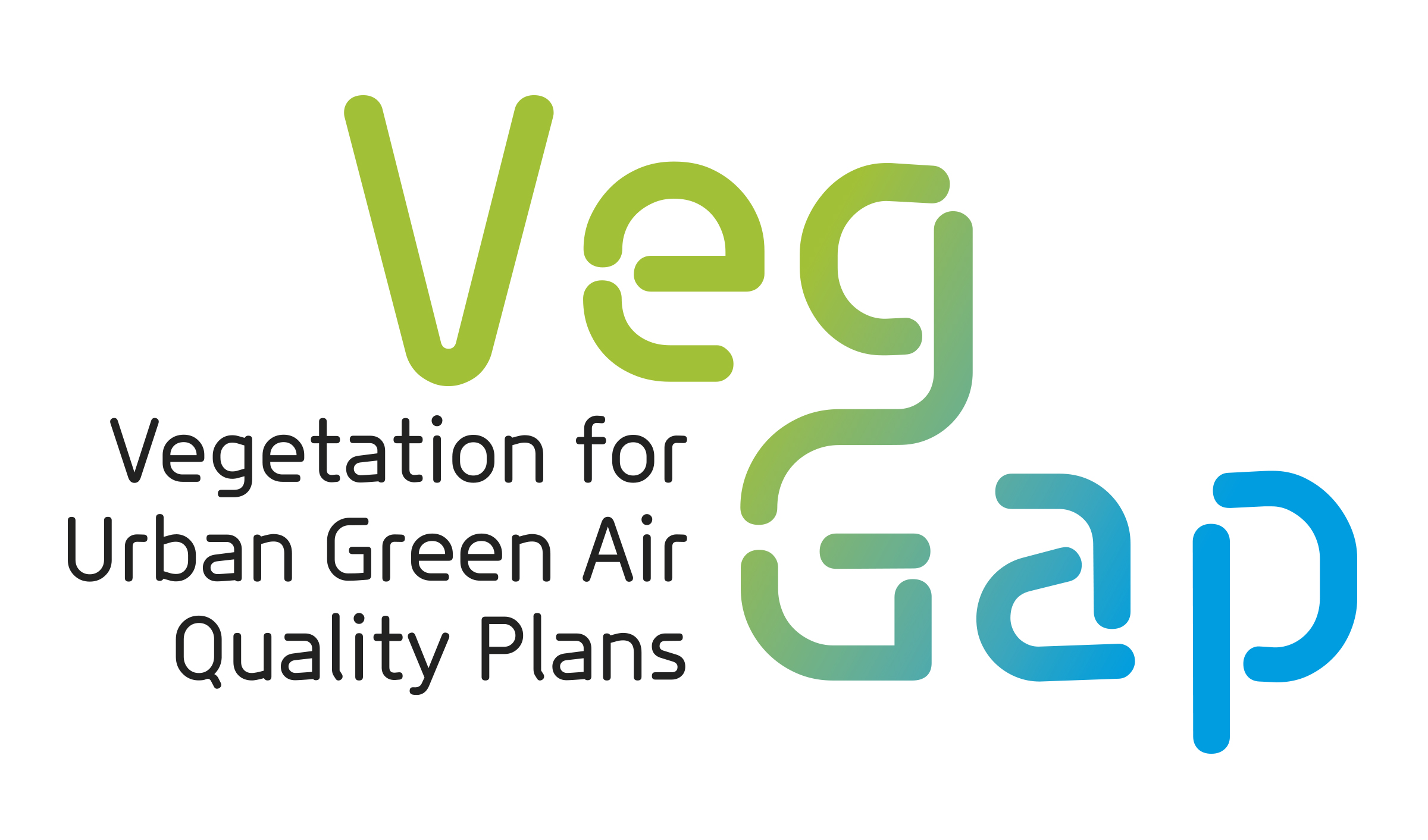It
was a long-held-belief that quality of life was better in the greenest cities.
Now there is also a study - by the Barcelona Institute for Global Health
(ISGlobal), the University of Colorado and the World Health Organization - to
certify that the greater the urban vegetation is, the longer the life
expectancy. The case study the
researchers worked on concerns the US city of Philadelphia but, the study
warns, this applies for all the metropolis in the world. Numbers are really
impressive: increasing greenery by 30% in a city the size of Philadelphia (1.5
million inhabitants, the fifth largest in the USA) would prevent 400 premature
deaths every year and the economic benefit would amount to approximately 4
billion dollars (considering resources saved in health-care and working days
earned).
The study was
published in "The Lancet Planetary Health" and
analyzed in detail the impact of increased greenery on premature mortality
within a city. The "Philadelphia model" was born from the analysis of
9 longitudinal studies involving 8 million people from seven different
countries. Thus, a
significant association was identified between the increase in public greenery
and the reduction of premature mortality. After that, in the specific study on
the American metropolis, the scientists went deeper, trying to give an answer
to how many lives are saved by the increase of green spaces. A 2025 scenario has been set,
a deadline by which the city municipal administration's plan to increase the
number of trees by 30% in each neighborhood could materialize. Therefore, the
answer was 403 less premature deaths each year (about 3% of the city's annual
death rate). If the ambitious goal of urban forestation fails, here are the
numbers: with an increase in greenery of 5 or 10%, mortality would decrease by
271 and 376 cases respectively. Moreover, the poorer neighborhoods would
benefit the most from the increase in vegetation, because in areas where the
presence of plants is lower, even a small increase would give significant
benefits to citizens’ health, both physical and mental.
The most beneficial effect on health would come from
the planting of trees able to reduce heat. According to the study, the tree
foliage, much more than grass or other types of vegetation, can reduce the
temperature of both the soil and the air. Therefore, only trees would be truly
effective in mitigating the effects of heat islands. More parks, gardens and trees
would also mean a lower concentration of pollutants and a contribution to
improving sociability, an incentive for physical activity and a way to reduce
psychological stress.
"Although each city has its own features, this study provides an
example for all cities in the world," states Mark Nieuwenhuijsen,
ISGlobal's Urban Planning, Environment and Health Initiative director and
coordinator of the study.


